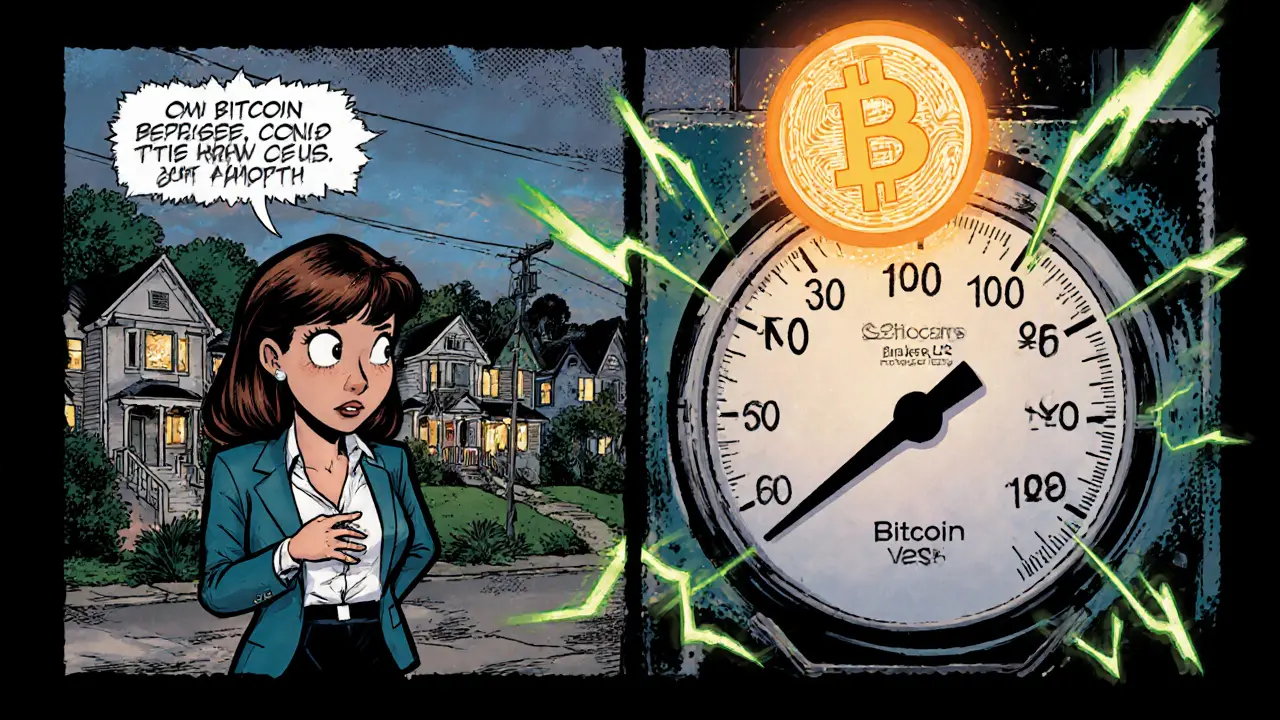Blockchain Sustainability: How Crypto Is Going Green
When tackling blockchain sustainability, the effort to lower the environmental impact of distributed ledger technologies while keeping security and decentralization intact, you quickly run into the need for cleaner consensus models. Also known as green blockchain, it pushes developers, investors and regulators to rethink how data is written and verified. One of the biggest shifts comes from Proof of Stake, a consensus algorithm that selects validators based on token holdings rather than energy‑hungry mining, which directly cuts the carbon footprint, the total greenhouse‑gas emissions linked to blockchain activity. By swapping proof‑of‑work for PoS, networks can reduce electricity use by up to 99%, a fact that fuels the blockchain sustainability movement today. The drop in power demand also eases pressure on national grids, making it easier for countries to adopt crypto without straining resources. Investors now ask projects for energy‑use reports, and many exchanges list sustainability scores alongside price data. All these signals create a feedback loop: greener tech attracts capital, and the capital pushes tech even greener.
Beyond consensus, the supply chain of energy matters. Renewable energy, electricity generated from solar, wind or hydro sources is increasingly powering mining farms and data centers, turning what once was a carbon‑intensive process into a greener operation. Some mining pools now run exclusively on offshore wind farms, and several blockchain projects buy renewable‑energy certificates to offset their consumption. Projects that integrate on‑chain carbon‑offset tokens let users purchase verified emission credits, creating a market incentive for lower‑impact behavior. Meanwhile, crypto regulation, government policies that set standards for emissions reporting and sustainability disclosures is shaping the landscape by rewarding eco‑friendly protocols and penalizing wasteful ones. The EU’s taxonomy for sustainable activities and the U.S. SEC’s upcoming climate‑risk guidelines are already prompting firms to publish energy‑usage dashboards. Together, these forces enable DeFi platforms, NFT marketplaces and even gaming ecosystems to claim a smaller ecological footprint while still delivering fast, trustless services.
What You’ll Find Below
In the collection that follows, we break down real‑world examples of how the crypto world is tackling its environmental challenges. You’ll see airdrop guides that reward participants for using green‑mined tokens, reviews of exchanges that highlight low‑fee, low‑energy DEXs, and deep dives into blockchain AML tools that also track carbon‑impact metrics. There are case studies on projects that have switched from proof‑of‑work to proof‑of‑stake, analyses of tokenomics that factor in energy costs, and practical tips for traders who want to favor sustainable assets without sacrificing returns. Whether you’re a developer looking for eco‑friendly SDKs, an investor hunting for green opportunities, or simply curious about the future of greener crypto, the posts under the blockchain sustainability tag will keep you informed and help you make smarter, more eco‑friendly decisions.




